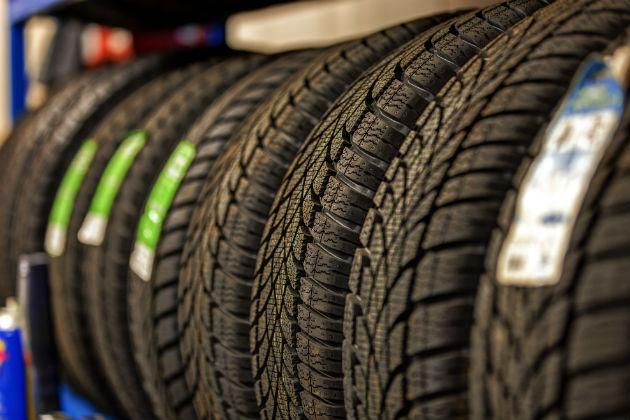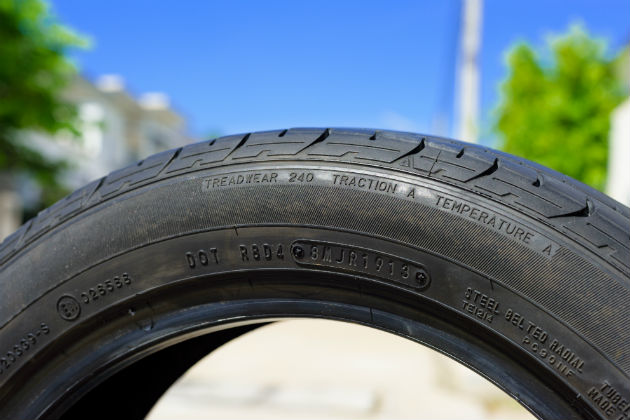Tyres are all round and black, so surely they all do the same job, right?
Wrong.
Because many cars now have crash avoidance braking features like Antilock Braking Systems and Emergency Brake Assist, to make the most of these features it’s important to fit good quality tyres and also have the right tyres for your car.
While you may be tempted to buy cheaper budget tyres to save some dollars, it pays to purchase better quality tyres that might cost a little more because they generally have better features.
RELATED:
Spare tyres - what you need to know »
This is what to consider when buying new tyres.
How many?
Buy in pairs so you won't have issues with uneven wear or alignment problems. If you’re replacing just two tyres it's recommended that you put the new wheels on the front of the car. Most of your braking, steering and handling is on the front wheels.
If you only need one tyre and it’s one of the front tyres make sure it matches the brand and specifications of the other front tyre. You also need to make sure all tyres match the tyre specifications for your vehicle.
The type of tyre
This is dependent on the type of driving you do (country/city), how far you travel and what you use your vehicle for. RAC Tyres can recommend tyres to suit your needs and provide the option of Basic, Recommended and Premium to suit your budget.
If your car uses run flat tyres then you’ll need to replace your tyres with those that use run flat technology. Run flat tyres are designed to keep the car moving for a limited distance even after a puncture has occurred, so you won’t need to stop where you are and have the tyre immediately replaced.

Wet-braking performance
The performance of a tyre on wet road surfaces is an important safety consideration when choosing new tyres. Tyres with excellent wet grip have a shorter braking distance in wet conditions and offer more stable handling.
Grip versus durability
Each tyre varies in its tread pattern and rubber mix and there is a compromise between a number of requirements, such as grip and durability.
Generally, a soft tyre provides better grip but also leaves more rubber on the road, so it won’t last as long as a harder tyre. Racing tyres are an extreme example: they’re very soft and practically glue the car to the track, but generally only last for part of the race.
Comfort and handling
A comfortable tyre will have minimal noise and wobbling, so look out for how the vehicle behaves with the tyres on.
Fuel economy
Tyres will impact the fuel economy of the vehicle so find a tyre with low rolling resistance (LRR) as well as use the correct tyre pressure.
Tyre pressure
Over or under inflated tyres are more than three times more likely to be involved in a tyre-related car crash that those than have been properly maintained, according to the US National Highway Transportation Safety Agency. Check your car’s manual for tyre pressure numbers.

Tyre size and specification
On the side wall of your tyre, you’ll find the size detail for your tyres. It will also be listed in your vehicle manual.
There are around 50 types of tyres that come in a variety of sizes, specifically designed to fit onto cars, four-wheel drives, light trucks, utes and vans.
Brands do matter
Different brands have different handling characteristics which is why the same brand is often recommended for all four tyres. It’s recommended that your two front tyres are the same brand so that your steering, handling and braking is even on your vehicle.
Need new tyres?
Call the experts. RAC's mobile tyre service can come to your home or workplace to fit new tyres at competitive prices. Plus, members get 10% off.
Last updated: August 2022
